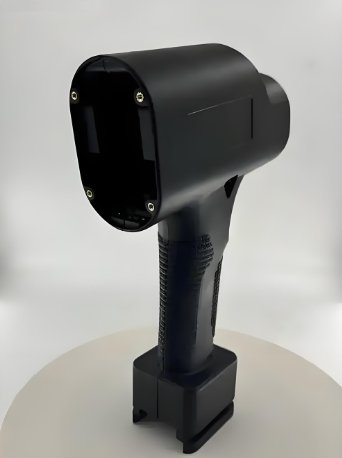
Snap-fit joints are integral to modern plastic housing designs, especially in Electronic Injection Molding. They provide efficient, cost-effective assembly solutions without the need for additional hardware. A proficient Mold Maker understands the nuances of snap-fit designs, ensuring durability and functionality in electronic housings.
Understanding Snap-Fit Joints
Snap-fit joints are features that allow two plastic parts to be joined by pushing them together, where they “snap” into place. This method is widely used in Electronic Injection Molding due to its simplicity and efficiency. A knowledgeable Mold Maker ensures these joints are designed to withstand the stresses of assembly and use.
Types of Snap-Fit Joints
Cantilever Snap-Fits
The most common type, cantilever snap-fits, consist of a protruding beam that deflects during assembly and snaps back to lock the parts together. In Electronic Injection Molding, a Mold Maker designs these with precise dimensions to balance flexibility and strength.
Annular Snap-Fits
Annular snap-fits involve a circular ridge that snaps into a corresponding groove. They’re ideal for cylindrical housings. A skilled Mold Maker ensures the dimensions allow for secure engagement without excessive force.
Torsional Snap-Fits
Torsional snap-fits rely on twisting motion to engage. They’re less common but useful in specific applications. In Electronic Injection Molding, a Mold Maker evaluates the suitability of torsional designs based on the product’s requirements.
Design Considerations for Snap-Fit Housings
Material Selection
Choosing the right material is crucial. Thermoplastics like ABS, polycarbonate, and nylon are commonly used in Electronic Injection Molding. A Mold Maker selects materials with appropriate flexibility and strength for snap-fit applications.
Wall Thickness
Uniform wall thickness ensures consistent cooling and reduces warping. In snap-fit designs, a Mold Maker maintains optimal wall thickness to support the snap features without compromising the housing’s integrity.
Draft Angles
Incorporating draft angles facilitates easier ejection from the mold. A Mold Maker typically includes a draft angle of 1° to 2° in Electronic Injection Molding to prevent damage to snap features during demolding.
Stress Concentration
Sharp corners can lead to stress concentration and potential failure. A Mold Maker incorporates fillets at the base of snap features to distribute stress evenly.
Best Practices in Snap-Fit Design
Prototyping and Testing
Before finalizing the design, prototyping allows for testing the snap-fit features. In Electronic Injection Molding, a Mold Maker uses prototypes to assess the performance and make necessary adjustments.
Tolerance Management
Accurate tolerances ensure proper fit and function. A Mold Maker calculates tolerances considering material shrinkage and manufacturing variations in Electronic Injection Molding.
Assembly Considerations
Designing for ease of assembly is essential. A Mold Maker ensures that snap-fit features are accessible and require minimal force to engage, enhancing the efficiency of the assembly process.
Common Challenges and Solutions
Overstressing Snap Features
Applying excessive force during assembly can damage snap features. A Mold Maker designs snap-fits to require minimal force, reducing the risk of overstressing.
Material Fatigue
Repeated use can lead to material fatigue. In Electronic Injection Molding, a Mold Maker selects materials with high fatigue resistance for snap-fit applications.
Mold Complexity
Complex snap-fit designs can complicate mold construction. A Mold Maker simplifies designs where possible to reduce mold complexity and manufacturing costs.
Effective snap-fit housing designs in Electronic Injection Molding require careful consideration of material properties, design geometry, and manufacturing processes. A skilled Mold Maker plays a pivotal role in ensuring that snap-fit features are functional, durable, and efficient to produce. By adhering to best practices and addressing common challenges, designers can create reliable electronic housings that meet both performance and production requirements.
